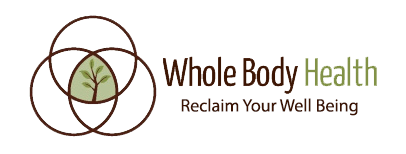The way you breathe is very important to your health and wellness because all body systems require adequate oxygen for optimal function. Proper breathing is necessary for sleep quality, efficient digestion, cognitive performance, and the body’s immunity and stress responses.
Breathing through the nose is the body’s default way to take in oxygen, because it’s not only more physically efficient, since it utilizes the larger, stronger muscles of the diaphragm, but it offers a natural filtration of many allergens and pollutants as the air travels through the nasal passage.
While it’s perfectly natural to breathe through your mouth at certain times, people who are able to breathe freely generally reserve this option for situations when extra air is needed, such as when exerting themselves physically or when suffering from sinus congestion. That’s because breathing through the mouth is very inefficient and requires much more physical effort, meaning mouth breathers are frequently left more fatigued.
However, people who experience difficulty breathing, due to asthma or other underlying conditions, often have no other option than to breathe through the mouth. When breathing is difficult through the nose, the body’s demand for a regular supply of oxygen necessitates that the mouth take over.
Nasal breathing difficulties can be caused by chronic sinus issues, neck and spinal misalignment, enlarged tonsils or adenoids, a deviated septum, and allergies or food sensitivities, among other conditions.
So What’s the Big Deal?
Mouth breathing can lead to a number of issues, many with negative health consequences. Oral issues like bad breath, dry mouth, and more frequent cavities are common, but more serious concerns include high blood pressure, cardiovascular problems, and digestive issues. People who sleep with an open mouth are more likely to snore or suffer from sleep disorders such as sleep apnea. The resultant lowered quality of sleep leads to fatigue, impaired immunity, and cognitive difficulties that are often mistaken for ADHD, especially in children.
Mouth Breathing can also literally affect a person’s appearance. Not only is sitting with your mouth agape considered unattractive to many, but over time, the tongue’s inability to rest in its natural position against the roof of the mouth alters the shape of the teeth and face, especially in children whose facial features are still developing. In addition, mouth breathing can lead to poor posture, since the inefficient use of chest and neck muscles utilized in the process causes the chin to push forward and the shoulders to slump.
Over time, mouth breathing becomes the normal way of breathing for many, whether out of continued necessity or habit, and is hard to stop once face shape and muscle memory have grown accustomed to it.
However, mouth breathing can be addressed in a functional way by first identifying the underlying cause for it, and then addressing issues like allergies, food sensitivities, and postural concerns that may be contributing. Breathing rehabilitation therapies often consist of tongue exercises and myofunctional therapies to strengthen and retrain facial muscles and make nasal breathing feel more natural.
Contact us at Whole Body Health to evaluate your breathing difficulties. You may be surprised at how switching from mouth breathing to nasal breathing can improve your health and your quality of life.
